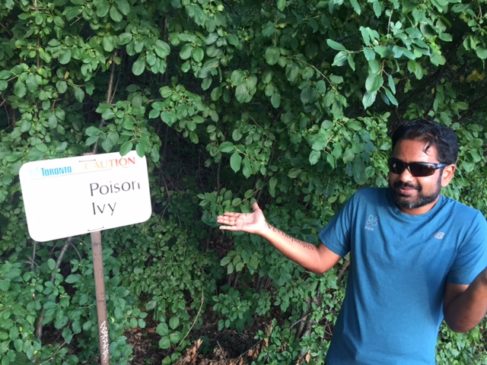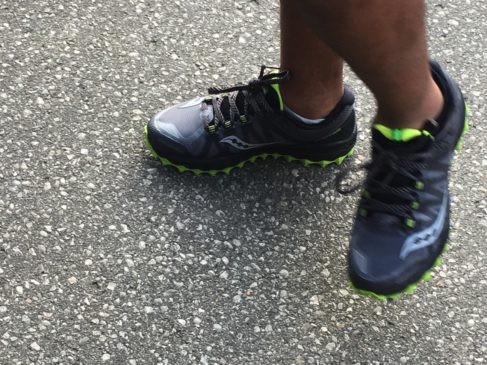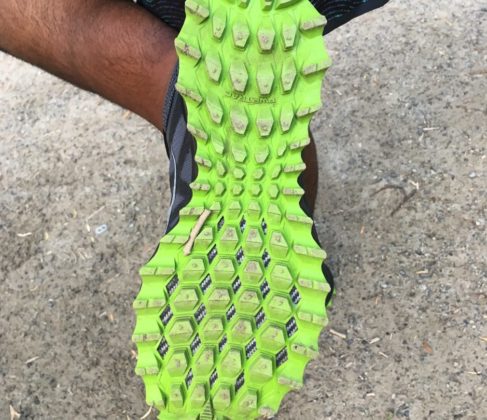Saucony gave us the chance to review their newest series of trail shoes this week, so three of us hit the trails at Toronto’s High Park.
Shoe reviews are a tricky beast. For most readers, the drop and support and any other technology is probably meaningless to all but the most sophisticated gearheads. Even the reviewer has to acknowledge that every runner is different, so all they can really offer is their own experience of a shoe. That’s all I’ll offer here. If you must know the technical specs of the Saucony Perigrine 7’s, check them out here.
Saucony offered Ben Kaplan and myself a chance to take their new series of trail shoes out for a test. Both Ben and I being city slicking road runners, there was only one place to look for guidance and that was our pal and trail king Alex Flint. We knew we made the right choice when Alex responded that we’d have to wait a few days, as he was off in the woods of Jasper, Alberta.
When we finally got together, we jaunted over to Toronto’s High Park in the city’s west end, which boasts a short but gorgeous trail network that’s well defined and manageable for beginners. It also boasts patches of Poison Ivy. Future trail shoe developers should consider a shoe that detects poisonous plants through a sensor of some kind and protects oblivious Toronto morons like myself who aren’t quite adept at the current technology of giant signs providing clear warning of Poison Ivy ahead.

Naturally, the first thing that jumps out at one entirely new to trail shoes is the very thick tread system as compared to your typical road shoe. I wondered if they would feel clunky and awkward to run in. As we stood in the High Park parking lot lacing up, I did feel that “walking in heels for the first time” sensation.
Plodding along the concrete, I still felt shaky, like there was too much going on under my foot. I reminded myself that I was using the shoe for something other than its intended purpose. Like any shoe, concrete will wear it down faster than the softer surface of the trails, so it’s best to keep these shoes on the surface they were made to be on as much as possible.

Once we were on the trails, the story was different. Learning to adjust pace and form in accordance with the terrain, the shoe didn’t feel like a big awkward pair of hiking boots. I was flowing down long descents without fear of going face first in the dirt and trusting my shoes, which handled the conditions brilliantly. I know for a fact that my road shoes would have seen me eating rocks. Now I was feeling a trail shoe work the way it was supposed to.
The grip was excellent while feeling natural and that’s really the most important thing you can ask from a trail shoe. Our trail expert Alex informed us that the different styles of treads made each pair suited to different conditions. Mine, with smaller treads, were ideally suited to trails like those in High Park which were less muddy and gravelly. This particular model is not waterproof, nor did I test that, so it may not be best for your Barkley 100, but are nonetheless capable of taking a road warrior on to softer ground.

For a trail shoe to feel so quickly comfortable for a complete rookie and and it make unfamiliar surroundings feel manageable is about the best endorsement I can give. I must disclose that I have only run once so far and they still need to be broken in a bit more, but knowing that I have a pair of shoes that can handle tougher terrain makes me excited to get out and do some more exploring.
- Ravi Singh






 Current Issue
Current Issue Previous Issue
Previous Issue Prior Release
Prior Release
